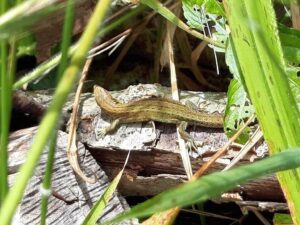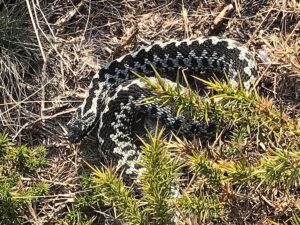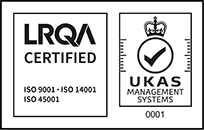Call us free on 0808 168 9540
Call us free on 0808 168 9540

Phlorum provides reptile surveys across southern England, including Sussex, London, Surrey, Kent, Dorset, Hampshire and Wiltshire.
Six native reptile species are found in the UK, all protected under the Wildlife and Countryside Act (1981). These six species are protected from intentional killing and injury and are species of principal importance under the Natural Environment Rural Communities (NERC) Act 2006.
The six UK terrestrial reptile species include:

Sand lizards and smooth snakes are rare, and their breeding sites and resting places are also protected under Conservation of Habitats and Species Regulations Schedule 2 (2017). However, these two species are rarely encountered on development sites. Populations of smooth snakes are mainly found in Dorset, Hampshire, and Surrey and have been reintroduced to West Sussex and Devon.
Populations of sand lizards are mainly found in Surrey, Hampshire, Dorset, and Merseyside. They have been reintroduced to other areas in the southeast, southwest, and Wales. Any impact on sand lizards or smooth snakes would require a licence.
The other four reptile species (adder, grass snake, common lizard, and slow worm) are widespread and often encountered on development sites. No licences are required for these four reptiles but care still needs to be taken to ensure they are not killed or harmed.

The ideal habitat for reptiles are:
If you have these habitats on site, you will likely need a reptile survey.
Phlorum is highly experienced in conducting presence/absence reptile surveys, population estimates, and designing and implementing suitable mitigation to ensure an efficient and successful result for the client and the reptiles.
The reptile survey season is from April to September but hot weather in July and August could make these months sub-optimal for surveying.
Reptile survey methods involve searching for basking animals in natural hotspots (e.g. wood piles, earth banks, stone piles or amongst rocks) and introducing artificial refuges (e.g. corrugated tiles, carpet tiles, or roofing felt). Several survey visits take place over a period of time to get an accurate representation of any potential reptiles on site.
Suitable reptile mitigation methods can vary greatly depending on the site and reptile populations, but they can range from phased vegetation clearance and habitat enhancement to translocation of reptile populations.
Our ecology consultants have vast experience conducting reptile surveys and habitat creation and management plans to assist developers in overcoming issues related to planning applications.
Contact us now for your free consultation.










